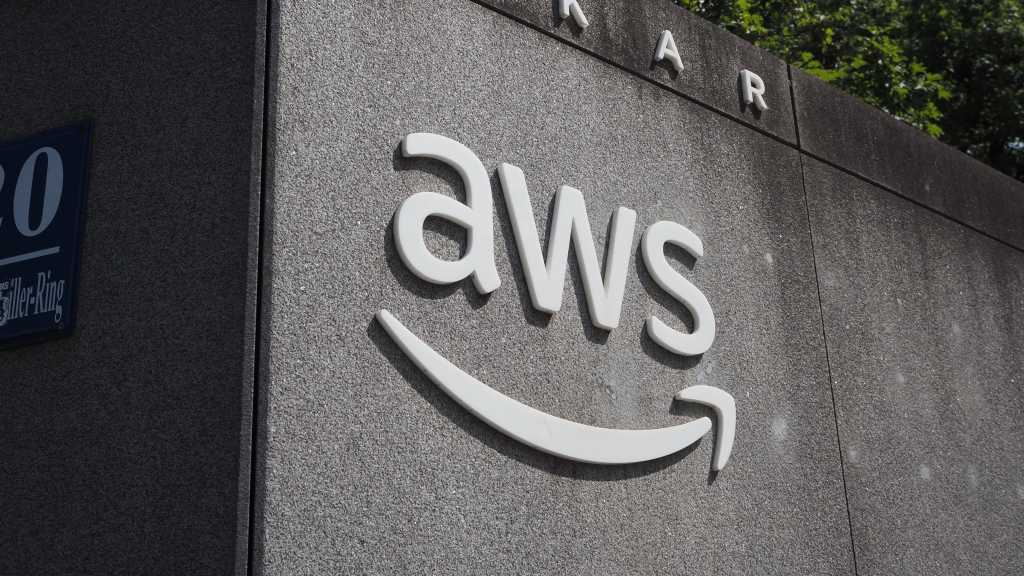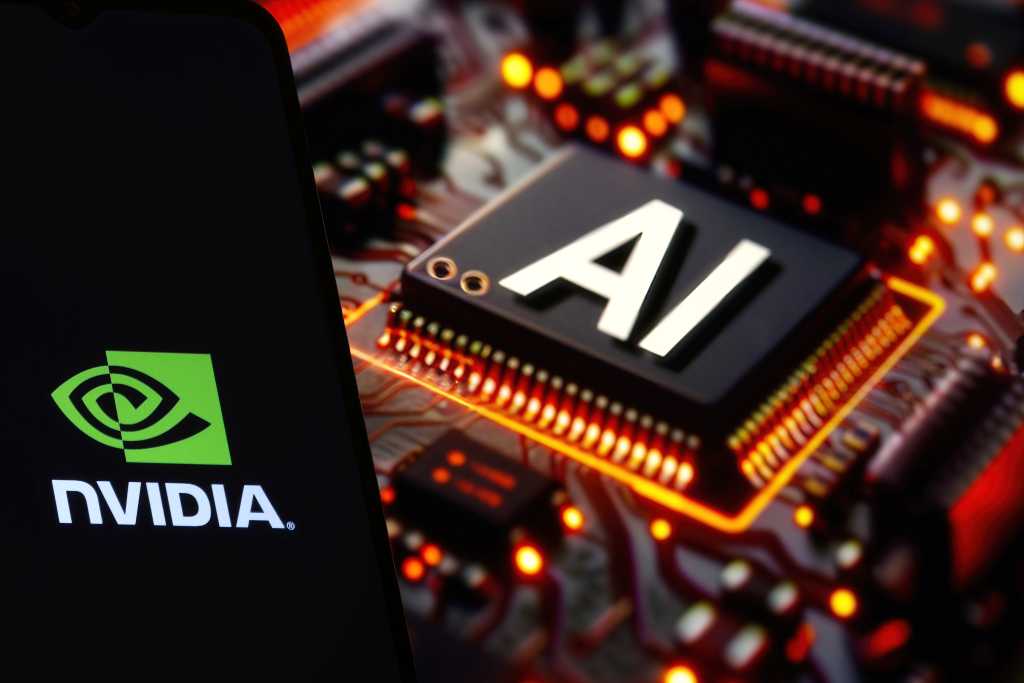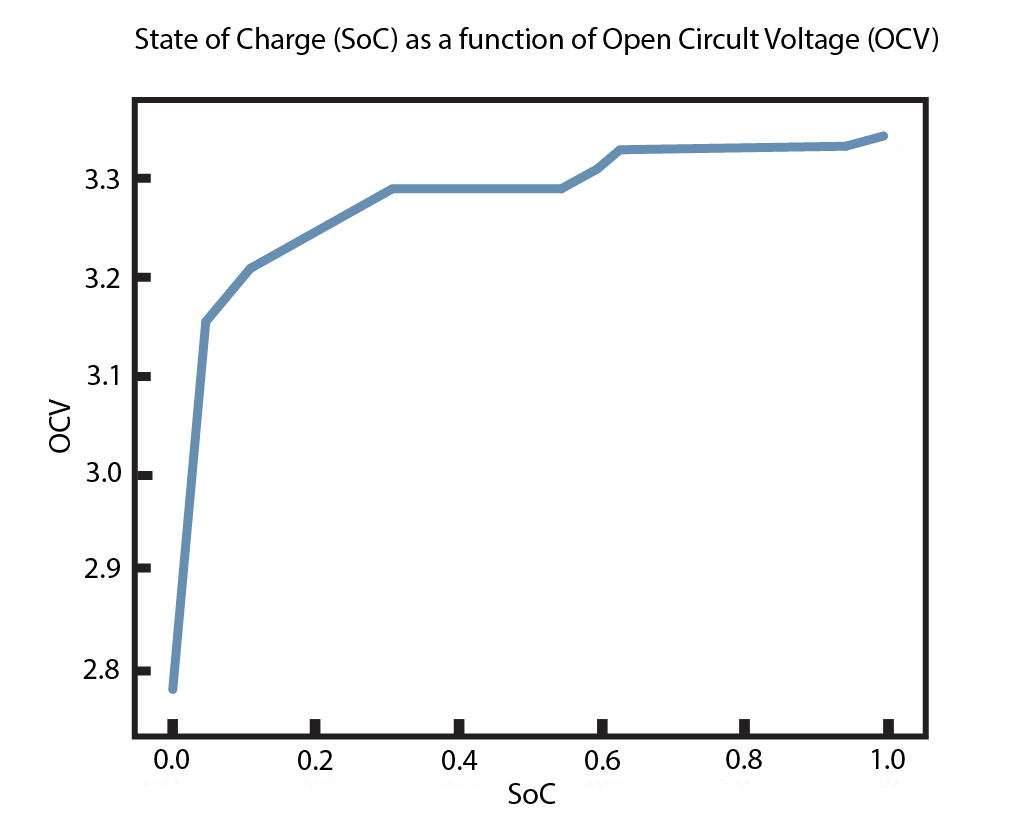
The OPEC+ alliance may be boosting oil-production quotas at a significant pace in a push to restart idled capacity, but that shift has yet to translate into big gains in actual output, according to Morgan Stanley.
“Notwithstanding the around 1 million-barrel-a-day increase in production quotas between March and June, an actual increase in production is hard to detect,” analysts including Martijn Rats said in a June 9 note. “Notably, it does not appear that production in Saudi Arabia has ramped up significantly.”
The global oil market has been rocked in recent months by the move from eight core OPEC+ nations to relax supply restraints at a faster-than-expected pace, potentially adding supplies just as trade frictions menace demand. The surprise shift has been presented as a bid by the cartel to reclaim market share from rival drillers, as well as punish its own quota cheats.
Morgan Stanley based its conclusions on a slew of data points, including refinery throughput, cargo exports, pipeline flows, and indications of stockpiling, as well as estimates for production from six different providers.
Still, increases may yet be forthcoming. The Wall Street giant said that it still expected supply from the core members to rise by about 420,000 barrels a day between June and September as the cartel continues quota hikes, with about half of the increase coming from Saudi Arabia.
In addition, the bank maintained its outlook for a surplus, as crude supplies from outside the Organization of the Petroleum Exporting Countries and its allies climb by about 1.1 million barrels a day this year, outpacing global demand growth of about 800,000 barrels a day.
Even without an “OPEC production increase, those two assumptions alone already produce a softer outlook for the oil market, especially after the current period of seasonal summer-strength,” the analysts said.
Global benchmark Brent last traded at $66.45 a barrel, down 11 percent in 2025. Morgan Stanley forecasts prices at $57.50 a barrel in the second half.
WHAT DO YOU THINK?
Generated by readers, the comments included herein do not reflect the views and opinions of Rigzone. All comments are subject to editorial review. Off-topic, inappropriate or insulting comments will be removed.




















